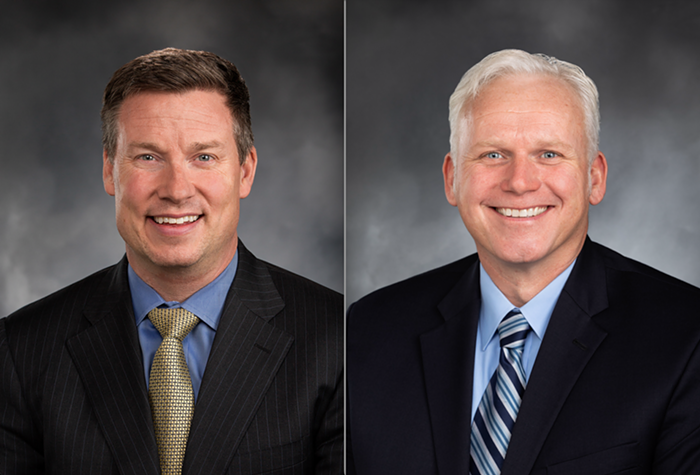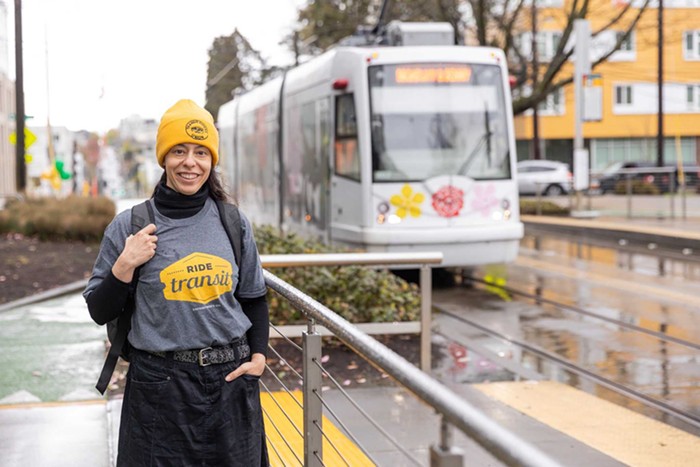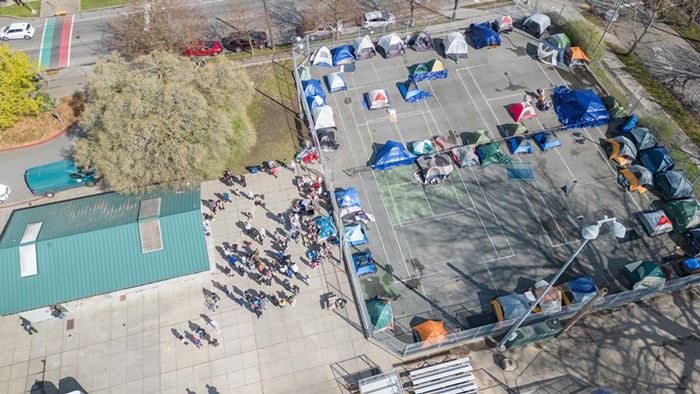
From Daniel Beekman at the Seattle Times:
Seattle officials call them cleanups. Some homeless advocates call them sweeps.
The city posts notices on a hillside, in a park or under a highway telling the people sleeping there they have 72 hours to take their belongings and move along. Three days later, crews show up to make the unauthorized encampment disappear.
Whatever you call them, more are coming.
When Mayor Ed Murray okayed two city-sanctioned homeless encampments and declared a state of emergency on homelessness last month, that didn't mean his administration was going to stop going after illegal homeless encampments. In fact, just the opposite.
As part of Murray's declaration, he said the city would offer services to people living in illegal encampments and "more quickly address encampment sites that pose an inherent risk to encampment residents because of their location (e.g., next to a freeway or on busy streets), or are a public health risk due to accumulation of hazardous material and debris." In those circumstances, the city would send outreach workers to direct people to shelters but would also send police officers and "clean-up crews" to clear the camps.
The Times reports that to-date this year there have been 527 cleanups of encampments, up from 351 in 2014.
Around the time of the emergency declaration, mayoral staff met with homelessness advocates to explain how they planned to step up enforcement against illegal camps, according to Real Change director Tim Harris and Low Income Housing Institute director Sharon Lee.
Harris told me earlier this month that he believes the city "backpedaled on it publicly... I guess they figured out their message around the city rising to the occasion [on the homelessness emergency] and the city sweeping homeless encampments—those two messages are sort of at odds." But, Harris said advocates have noticed more sweeps lately. Now the question is whether the city is offering enough services to the people they're forcing to move along.
"There’s this perennial issue whenever the city does sweeps," Harris said. "They want to pay for more outreach workers… but the reality is the pipeline for services is so overwhelmed they don't really have anywhere meaningful to get people to. The shorthand for that is 'outreach to nowhere.'"
Jason Johnson, the deputy director of the city's Human Services Department, told the Times that the cleanup process in use now is the same as it was in 2008 but that the city is trying to offer better outreach:
For years, the city has responded to reports of unauthorized encampments by sending a single team of two outreach workers along with cleanup crews.
In many cases, the outreach workers simply handed people a list of ways to seek help, then moved on, Johnson said. Soon there will be three teams, each with two outreach workers, a case manager, a field coordinator and police backup, he said.
One team will focus on youth. Each will be able to place people from unauthorized encampments directly into shelters, and each team will have access to cash.
They’ll use the cash to do things like book people into motels, buy them groceries so they can stay with friends or relatives and buy them bus tickets home, Johnson said.
Concerns about safety in illegal encampments are not new. Last year, a man died after falling from an encampment perched above I-5 at Pine Street. This year, another man died falling onto I-5 near the James Street offramp. In the first 10 months of this year, at least 66 homeless people have died in King County, most of them living on the streets or in encampments, according to the mayor's office. Safety issues were at the heart of the push for safe, legal, regulated encampments.
But, as this year's one-night count demonstrated, just opening city-sanctioned encampments—while important—won't be enough. That count found about 3,000 people living unsheltered in Seattle. The three city-sanctioned camps can house, at most, 300 people total.


















